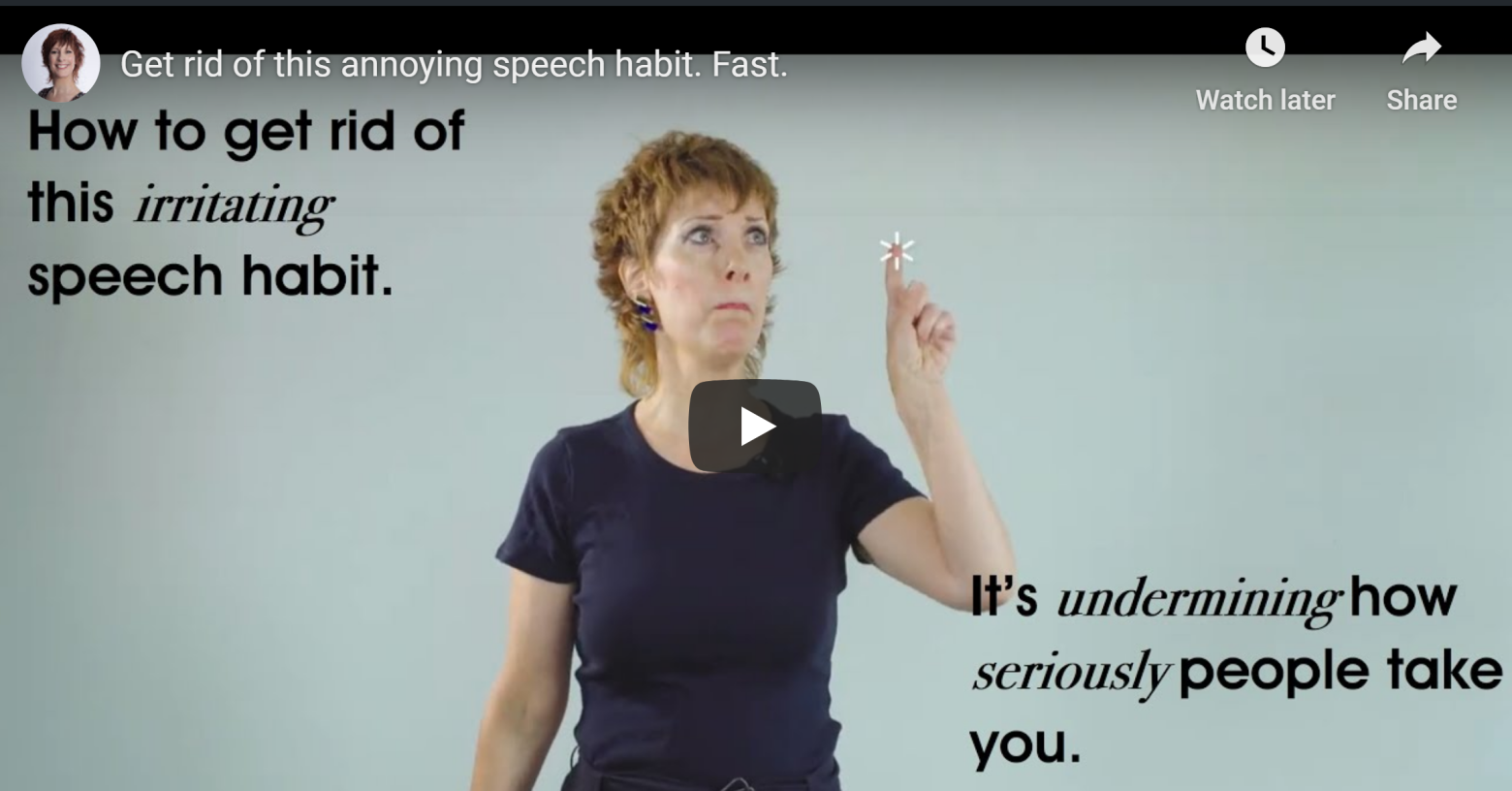Not Every ‘Yes’ Is A Boundary Fail

Frankie Kemp
25 August 2025
The common wisdom with effective communication skills is to say say ‘no’ more often: draw boundaries, put your foot down. I’ve even witten about how to say ‘no’ – without damaging your career.
Sometimes, you say ‘yes’ and, although it doesn’t feel great, it doesn’t feel wrong either.
For example, the one where you say “yes” to a friend’s visit that gives you mixed feelings. Not because you’re craving company, but because you know if you manage the interaction well, it might actually be good this time. This is likely to be a ‘Curious Yes’ -see below.
You say “yes” to a colleague who doesn’t take notes and expects you to do it for them—again. You do it to preserve the relationship, but you quietly decide: next time, you’ll state the requirement upfront. This is more of a ‘Maintenance Yes’ – again, described below.
These aren’t people-pleasing ‘yeses’. They’re strategic, emotionally intelligent ones. And they come with reasons that are valid, even if they’re not always comfortable.
Why We Say “Yeps” (Even When It’s a Bit Iffy)
- The Strategic ‘Yes’
You say “yes” now so you can ask for something later. It’s the social version of “I’ll scratch your back if you don’t make it weird.” You attend a colleague’s webinar that’s not quite your jam, knowing they’ll be more receptive when you pitch your own initiative next month.
- The Curious ‘Yes’
You say ‘yes’ because there’s a possibility of potential, but you’re not sure. You’re open to checking whether this is your thing and judgement is suspended – for now. Sometimes, you’re keenly aware of the advantages in a relationship: you know you can enjoy being with them, but it might depend on what mood they’re in. So you cross your fingers and accept a meeting or invite. If you can’t be direct enough to negotiate provisos with them, you may do it with yourself, using these two magic words.
- The Maintenance ‘Yes’
You say “yes” because the dynamic’s fragile. Maybe it’s a senior leader who’s lobbed you a last-minute request. It could be a team member who’s feeling shaky and you’re the brace behind the wobble. This might be about reciprocity for you or empathy. Either way, there’s a decision to lean on a guiltless ‘yes’.
- The Data Gathering ‘Yes’
Sometimes you say ‘yes’ once—just to see how someone handles it. Do they treat it like a favour? Or like a subscription they forgot to cancel?
It’s a low-risk experiment with high-value insight. I often recommend this when training in networking skills: test whether they see you as a sponge they can squeeze dry.
Do them a favour. Then watch. If they leave you with the bill after devouring almond croissants and Da Hong Pao tea, it might be time for a clear “no.”
And if—true story—they top it off by asking for all your leads on the way out? There’s your feedback: give no more. In fact, that’s a sharp drop off the friendship ferry.
- The Energy-Conserving ‘Yes’
This is less about agreement than survival. Sometimes saying ‘no’ would take more effort than doing the ‘thing’. This isn’t so much about avoiding conflict as it is about dodging a 45-minute email spiral about why you’re unable to make a two-minute proposal amendment.
Check for ‘Auto-Yes’
Know why you’re saying yes. If it doesn’t sit well, it could be that’s it’s simply not a clean-cut ‘yes’: not every “yes” is a betrayal of your boundaries. Sometimes it’s a bridge. Sometimes it’s a test. Sometimes it’s a placeholder while you figure out what you really want.
The problem is when if ‘yes’ is the default response.
So if you’ve ever said “yes” and thought, “Hmm, that’s not ideal,” don’t automatically beat yourself up for being a pushover. Your ‘yes’ might have strategic empathy – for yourself, or others.
Use the checking questions to validate your response in the context of the situation.
Your Actions:
Here’s how to stress-test your ‘Yes’
Want to explore how communication and influence skills training can enrich your interactions (or help you define where the boundaries need to be)? Become a Communication Skills Ninja. Let’s talk. Book your free 15-minute Discovery Call here.






Leave a Reply